Organized by Tzu-Chun
Branch Interview
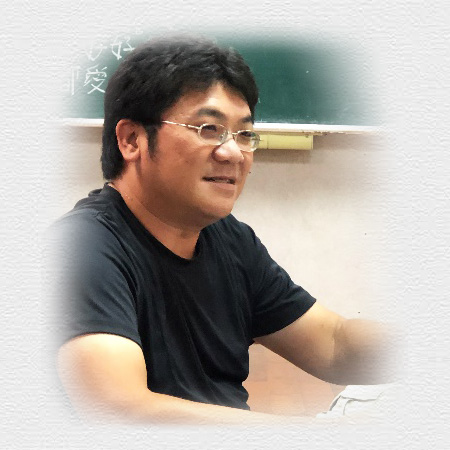 |
||
|
||
|
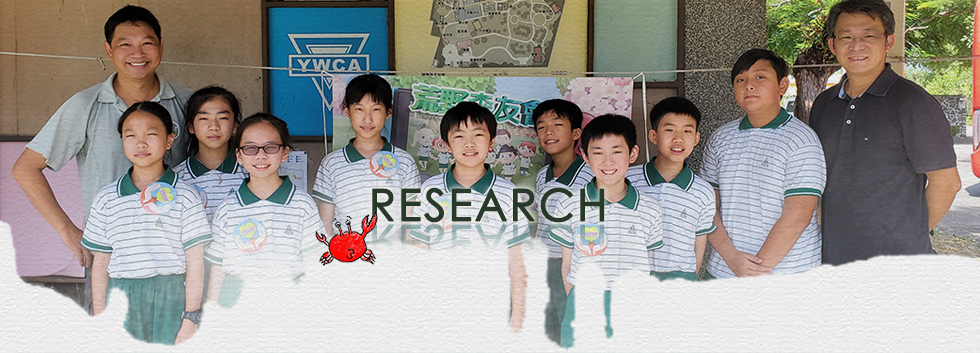
 |
||
|
||
|
| 1. | What motivated you to start working at the Society of Wilderness (SOW)? (Shih-Chi) |
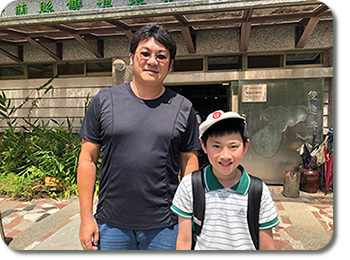
When I was little, I developed a deep interest in nature, and I enjoyed looking at aquatic animals and plants. At the time, this place was still private and the society had very little awareness on environmental conservation. Therefore, it is a shame that the environment was destroyed when the owner developed the land. The beautiful place had become very ugly. Fortunately, SOW came here for ecological restoration. I was only a volunteer back then, but have become a permanent staff as time progresses. I join SOW to conserve the ecological environment of Taiwan and make a contribution to this land, and hope that more people will gain knowledge and awareness on the concept of environmental protection.
| 2. | What is the key difference between SOW Parent-Child Group and other parent-child groups? In all the Parent-Child Group activities, which activity do you appreciate the most? (Tzu-Ning) |

Although the SOW Parent-Child Group shares many similarities to other groups, there are still few significant differences. In the course of SOW activities, we train children to adopt and practice Green Life. Participants are required to bring their own tableware and reduce the use of disposable plastic products. On the other hand, when doing outdoor activities, the key difference is that the SOW Parent-Child Group emphasizes on teaching and guiding everyone to care and love the environment, educating our children that the beautiful nature has to be protected. Through my years of participation in the Parent-Child Group, I am most touched to see the children’s self-discipline. Through various parent-child group activities, SOW establishes standards and rituals such as “table grace”, allowing children to develop self-discipline and a sense of responsibility in life.
| 3. | SOW has been committed to achieving a win-win situation for habitat conservation, regional development, and owner interests. In the process, have you experienced any difficulties and barriers? (I-Chia) |
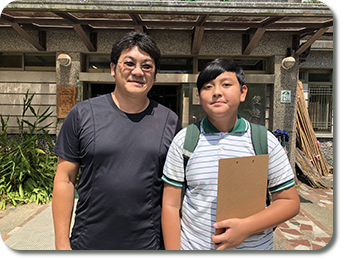
It is very difficult to achieve a win-win situation. Shuanlianpi is a private property. The elder generation did not have environmental education and had very limited awareness on environmental protection. The owners believe that owning the land means having wealth. They sell the land as long as the price is good. They would also participate in property development to improve living standards. Therefore, there is a big gap between the property owners and SOW in terms of environmental concepts. It requires time to communicate with the owners to try to change their thoughts. For example, we can educate the farmers about the potential harm of pesticides to our health from an agricultural perspective. We can switch to more eco-friendly organic farming techniques. We try to put ourselves in the owners’ shoes, taking time to negotiate and communicate in stages.
| 4. | Shuanlianpi used to have two sections, upper and lower. The pond we saw is the upper part, the lower part had become dry land. If a wetland has been silting-up, is it still possible to clean up or restore the wetland? (Tzu-Chun) |
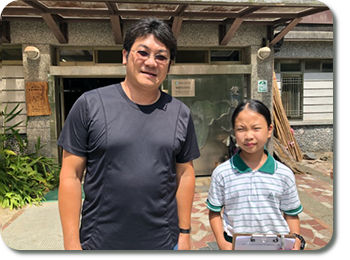
The destruction to the lower part was man-made. During the agricultural era, Shuanglianpi’s area was larger than the Longtan Lake, the largest lake in Yilan. Our ancestors came here and started to settle down and cultivate the area. In order to feed the people, they needed more area to farm. Therefore they had dug a ditch, causing the lower part of Shuanglianpi to dry up. The upper part remained because it had more water resources. As Shuanglianpi is private owned, it is difficult to prevent the owner from developing the land. The owner also built a water gate to control the water flow, which had caused siltation in the upper section. SOW had conducted an on-site survey 10 years ago, the silt level was over 4 meters. Siltation had caused the environment to become unsuitable for many aquatic plants, which had further led to problems in the restoration of Shuanglianpi. However, it is also difficult to simply knock down the watergate because the climate has changed in the past three years with rising temperature and less precipitation. Eutrophication has become a serious issue. If the aquatic plants continue to disappear, we are afraid that the evaporation of lake water will be greater and that Shuanglianpi may become a swamp or even disappear. It is still possible to clean up and restore the lake environment, but it has become much more difficult to do so.
| 5. | Yilan’s Shuanglianpi wetland is classified as national level wetland, it has 80 families and 202 species of plants, 1 family and 1 species of mammal, 2 families and 5 species of reptiles, 4 families and 9 species of amphibians, and 6 families and 9 species of fish. The restoration work began in 2015 and has delivered very positive results. From Shuanglianpi’s restoration success, what feedback and suggestions can be provided as a reference for ocean ecological restoration? (Yu-Chen) |
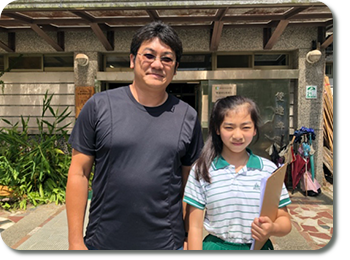
The restoration of Shuanglianpi actually began much earlier, but most of the previous work had failed. Even when a species is successfully restored, it may not be able to survive due to changes in the natural environment. In 2015, we decided to take a different approach. We started to focus on the restoration of habitat instead of species. The landscape of Shuanglianpi has changed a lot over the past years. We hope to restore the environment back to its original form and become a suitable habitat. The success of habitat restoration has seen the return of many aquatic plants. Having a habitat to live in, of course the animals and plants are here to stay.
| 6. | If we want to build an eco-city, can we replicate Shuanglianpi’s restoration success or use the ideas and techniques of it to maintain its ecological environment? (Bo-Hsiang) |
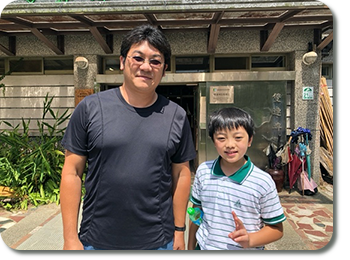
The success of building an eco-city depends on people’s values and way of thinking. First we must start with education and promotion, so that everyone can have a consensus on environmental issues. The creation of an eco-city can be viewed as building a community with gradual improvement and transformation, slowly increasing the ecological presence in the human-oriented living space. For example, we can start from green fields and beautiful gardens, establishing a small habitat for firefly. With good habitat management, such ecological change will earn the approval of nearby residents, then we can make further improvements and add more ecological projects, which is considered a better way to deal with the eco-city ideal.
| 7. | The Shuanglianpi ecological classroom is dedicated to promote environmental education. Other than serving as a meeting place for SOW parent-child groups, it also hosts charity camp and school field trips. After visiting Xueshan’s Emerald Pearl (Shuanglianpi), what is your expectation on how the children carry out environmental protection when they return to their daily life? (Hao-Cheng) |
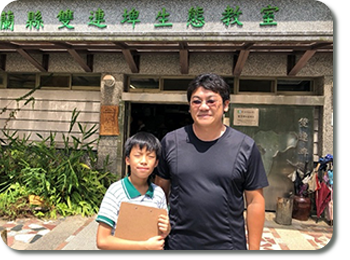
I hope that children can pay more attention and observe the environment around them. When they discover something that is harmful to the environment, they should speak up and notify the authority immediately. For example, when gardeners are trimming the flowers and trees, they do not pay attention to the damage that they may have done to the plants or even the environment. Therefore, at times like this, we should raise concerns to the city government and request for improvement so that we can protect and make the ecological environment better.
| 8. | In your opinion, are there proposals that can help elementary students to have more in depth understanding of wilderness protection? (Chia-Kai) |

In the past, most school’s environmental education had focused on getting students to know, interact, and protect their hometowns. As children are now living in more urbanized cities, the new syllabus puts more emphasis on outdoor education. For example, many schools have come to our Yilan branch for field trips and outdoor activities. It’s not just about having fun in the natural environment doing river tracing and boating, but to let the children understand why we can do such activities with clean waters instead of stinky ditch next to our homes. The rivers and the surrounding grass and trees have purifying functions, which can provide us a safe and clean water resource to play in. We should have more outdoor education and activities that further extend children’s reach to nature and promote environmental education.
| 9. | When humans enter the natural environment, pollution and negative impact often follow. How can we reduce the impact on the natural environment of Shuanglianpi when we are present? (Hsin-Ai) |

When we are present in the natural environment, what we can or can’t do is actually defined by regulations and policies. For example, a board or sign with written reminders should be placed at the entrance of the natural environment or habitat. Or the environmental groups can assign volunteers at the entrance to introduce the beautiful and unique place, and remind people of anything that may require their attention, teaching people how to coexist with nature without causing too much harm. On-site experience often makes it more impressive and memorable to people.
When we were scheduling this visit, the ecological classroom was on a very tight schedule during summer break. In addition to the routine seminars, workshops, and experience tours, etc. The Yilan Branch gave priority to local students to conduct 2 days 1 night workshop camps. It left no free time to schedule our visit. However, Director Huang and his colleagues had sacrificed their leisure time to meet with us and answer our questions. This is the best demonstration of SOW’s motto of “SOW believes that the best explanation is to take people into nature, let nature reach into their hearts”.
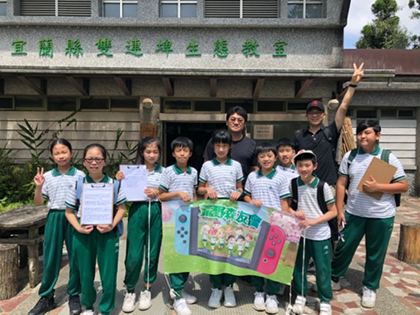
Source: Wilderness Crossing

Source: Wilderness Crossing
From the interview, we learned that Director Huang came from a farm, and he has compassion for the farmers who work hard to earn a living. Such compassion has played a very appropriate role as a member of SOW. Human beings seem to have owned everything in nature, but it is the interactions between humans and the world that have resulted in the environment conditions we have to face today. We must keep in mind that we might actually lose the Emerald Pearl (Shuanlianpi). The Society of Wilderness has not given up on its mission to help the environment, taking a step at a time to try, persuade, and put in practice to give the wetland one more glass of water in order to make more room for aquatic plants to stretch, find a home for frogs, and let you and I learn how to protect the nature.

Source: Wilderness Crossing
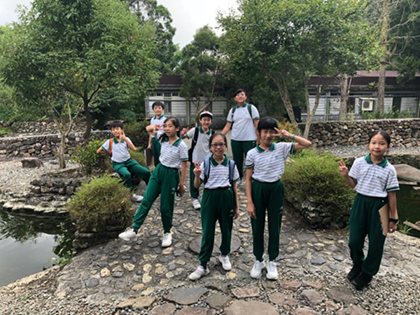
Source: Wilderness Crossing